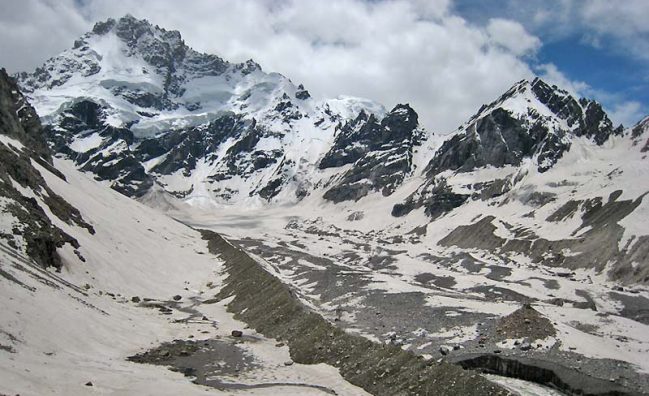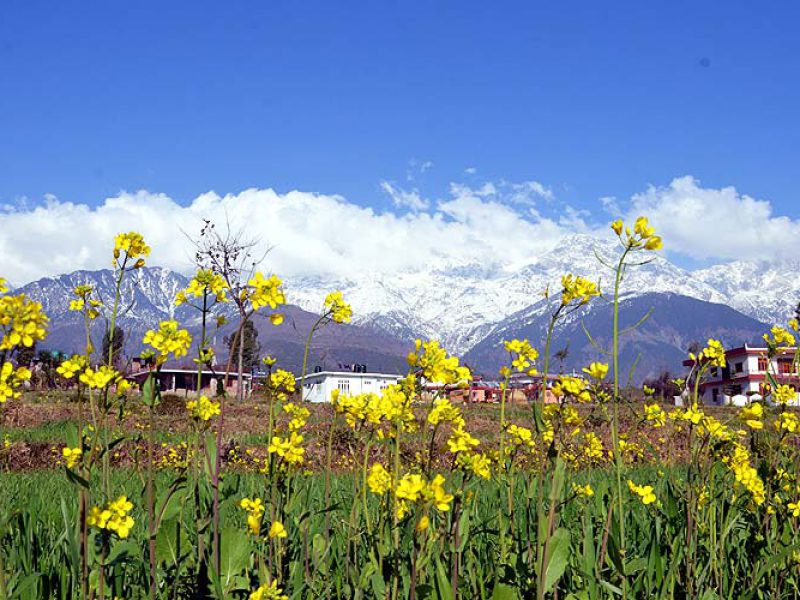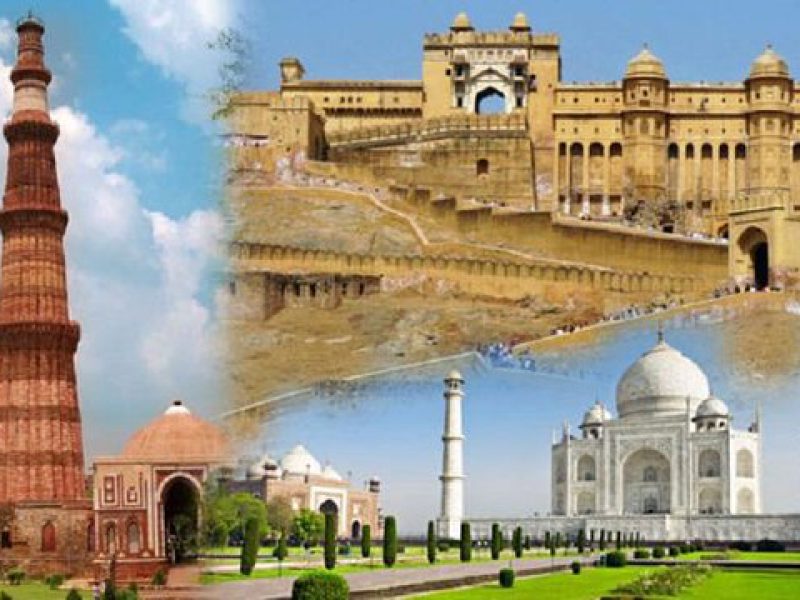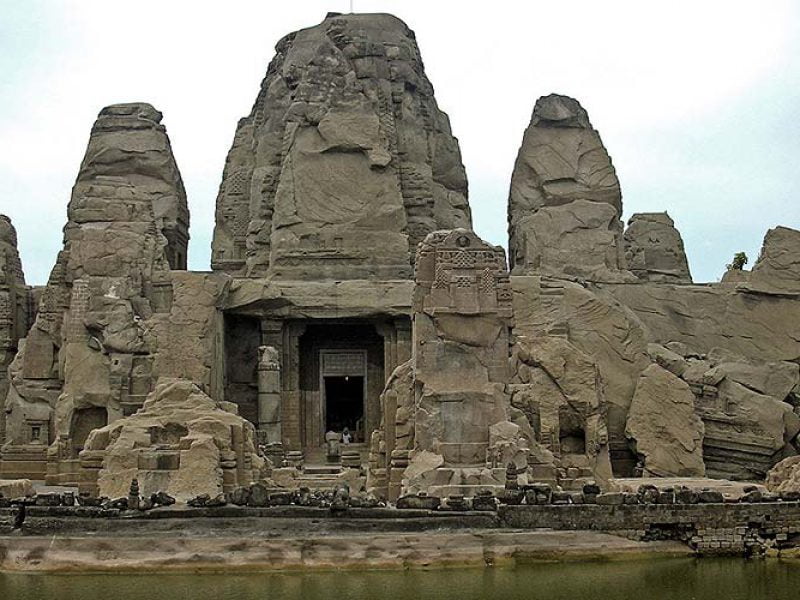The Thamsar Pass trek is a challenging journey through perpendicular cliffs in the Ravi Valley, located between Holi and Bara Bhanghal. This trek requires careful navigation due to the rugged terrain. The residents of Bara Bhanghal prefer to cross the high Thamsar Pass to reach Baijnath for their daily necessities, rather than traveling towards Holi and Chamba. Despite being a part of the Chamba Valley, Bara Bhanghal is administratively linked with Kangra district. Numerous streams originating from the slopes of the Bara Bhanghal Range converge here to form the Ravi River.
This trail offers a glimpse into the lives of the Gaddi People residing in the valley. The trek from Thamsar Pass to Bara Bhanghal is renowned for its breathtaking scenery and is considered one of the most pleasant treks in the Dhauladhar region. The northern side of the Dhauladhar features gradual, graded slopes that require minimal exertion. Along the way, hikers can find rock shelters providing shelter and respite. Bara Bhanghal is nestled in a bowl at the base of three towering ranges, with glacier torrents merging near the village to form the Ravi River. From Bara Bhanghal, one can also venture towards the Kullu Valley.
Shepherds’ trails crisscross the landscape, leading to various destinations. The Nikora Pass (4745m) connects Manimahesh North to Kugti in the Budhil Valley, while the Ash Jot (5033m) and Laluni Pass (5438m) link Bara Bhanghal to Tandi in the Lauhal Valley. Two passes provide access to the Kullu Valley, while the Dhauladhar can be traversed to reach the Kangra Valley via the Makori Pass (4605m), Gairu Jot (4664m), and Thamsar Pass (4624m). It is easy to go Bara Bhanghal via following route as grade is normal, gradual and aesthetic but long then other side. One more day at Kangra district give you actual glimpse of Himachal Pradesh.





